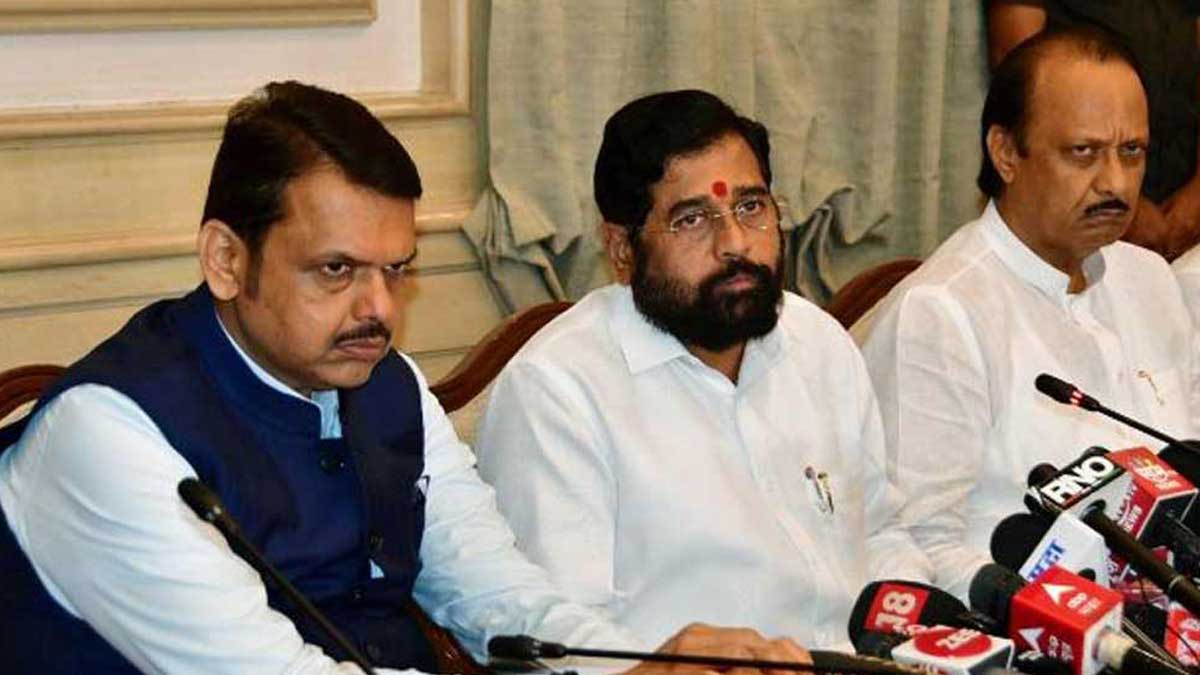With elections in Maharashtra around the corner, Jan Swasthya Abhiyan, an NGO, examines the performance of the government on key health indicators.
When speaking about the health budget as a percentage of the total state budget, Maharashtra fares poorly. At 4.2 per cent, the state ranks second from bottom among all other Indian states—the desirable norm is 8 per cent. The state's per capita public health spending, is Rs 1,979, which makes it the sixth from bottom when compared with other states in India. Maharashtra is classified as a low spender, as its expenditure on public health is even lesser than the national average of Rs 2,342.
Next, in terms of the number of vacant posts in public health and medical education departments, as per information given in High Court in early 2024, vacant posts in public health department were 17,244 and in medical education department were 15,164. These amounted to 37 per cent and 42 per cent of total posts being vacant respectively.
Next is the scale of contractual appointments, and steps taken for regularisation of contractual workers. In this regard, there are over 31,000 contractual positions in NHM across the state. "Many staff have been working on contract since a decade or more. No contractual health workers have been regularised on priority basis in the last two years as per information," said Swati Rane of Jan Swasthya Abhiyan.
Expansion of budget and staff in Nanded, Aurangabad and Nagpur medical college hospitals and increase in regular salary budgets for these each of hospitals is only 5 to 10 per cent, and there is zero increase in budget for medicines in any of these hospitals, as per data from JSA. Regarding the appointment of adequate specialist doctors in rural hospitals, it was found that of the 683 specialty medical cadre, only 266 are filled while 417, that is, 61 per cent posts, remain vacant as of today.
Though Maharashtra has the highest urban population among Indian states, of 5.6 crores, in terms of urban public hospital beds, it stands at the 13th place among Indian states. With regards to Aapla Dawakhana clinics (ADs), currently 92 Aapla Dawakhana (AD) clinics are running in Mumbai, and 417 AD clinics are running in all other urban areas across the state. "Even if all ADs are functioning according to full capacity, they will cover only 10 per cent of outpatient care in the urban areas of Maharashtra besides Mumbai. So, while there is some visible coverage in Mumbai, there's patchy coverage with a low number of clinics in other major cities like – Pune (20), Kolhapur (15), Aurangabad / Sambhaji Nagar (13)," says Rane.
Experts feel that there should be a "drastic reduction" in the privatisation of public health assets and functions. As per JSA, outsourcing of state-wide ambulance services (est. value Rs 8,000 crore) and handing over several district hospitals to private players to run medical colleges in PPP mode, "is not acceptable".
Functionality of Mahatma Jyotiba Phule Jan Arogya Yojana and Pradhan Mantri Jan Arogya Yojana is the expansion of coverage to include above poverty line families, increase in number of hospitals and procedures covered through MJPJAY. This scheme now covers around 20 per cent of total estimated hospitalisation in the state. However, out of pocket spending by patients is high, along with many procedural obstacles and delays while seeking treatment under the scheme.
Report by the JSA also mentions that anaemia among women has risen to 54 per cent as per the data in NFHS-5, and there is a need for multi-pronged efforts to bring down anaemia but there has been no evidence of such special efforts in the last two years. Large proportion of PHCs are not performing 24x7 deliveries, they refer these cases to higher facilities and there is a severe lack of the availability of sonography services for pregnant women in tribal areas, adds the report.
In terms of the levels of child malnutrition, as per NFHS-5, Maharashtra has "very high" level of child malnutrition and as per the recent Poshan tracker figures (June 2024), the situation has not improved. Currently, Maharashtra reports second highest level of stunting (44.6 per cent) among all Indian states, as against the national average of 36.5 per cent. Despite such high levels of malnutrition, the budget for special nutrition programmes was reduced from Rs 4,367 crore (2023-24) to Rs 3,266 crore (2024-25), which is even lower than last year’s budget estimate, states JSA. "This government has no health policy for Maharashtra’s people, only a few schemes which lack sustainability and have minimal impact. There is a lack of any plan for health systems strengthening, despite COVID experience. An accelerated push for privatisation in the health sector is being seen under the present government. Frequent complaints of widespread corruption even by staff and officials within the public health department have come to our knowledge," says the JSA report.



